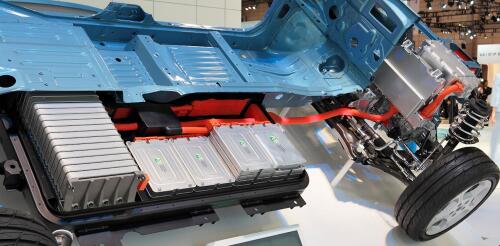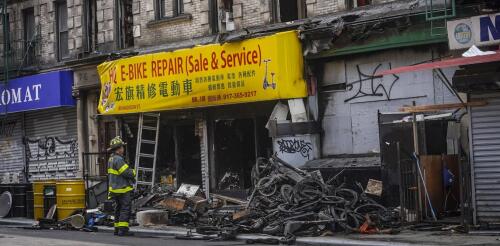Public safety
The U.S. power grid is the largest and most complex machine ever built. It’s also aging and under increasing stress from climate-driven disasters such as wildfires, hurricanes and heat waves. Over the past decade, power grids have played roles in wildfires in multiple states, including California, Hawaii, Oregon and Minnesota. When wind speeds are high and humidity is low, electrical infrastructure such as aboveground power lines can blow into vegetation or spark against other components, starting a fire that high winds then spread. Under extreme conditions, utilities may opt to shut off power to parts of the grid in their service areas to reduce wildfire risk. These outages, known as public safety power shutoffs, have occurred mainly in California, where wildfires have become larger and more destructive in recent decades. On April 5-6, 2024, Colorado utility Xcel Energy carried out that state’s first public safety power shutoff, cutting power to thousands of custo...
In a newly published study, we describe our design for a self-extinguishing rechargeable battery. It replaces the most commonly used electrolyte, which is highly combustible – a medium composed of a lithium salt and an organic solvent – with materials found in a commercial fire extinguisher. An electrolyte allows lithium ions that carry an electric charge to move across a separator between the positive and negative terminals of a lithium-ion battery. By modifying affordable commercial coolants to function as battery electrolytes, we were able to produce a battery that puts out its own fire. Our electrolyte worked well across a wide temperature range, from about minus 100 to 175 degrees Fahrenheit (minus 75 to 80 degrees Celsius). Batteries that we produced in the lab with this electrolyte transferred heat away from the battery very well, and extinguished internal fires effectively. We subjected these batteries to the nail penetration test, a common method for ass...
In today’s electronic age, rechargeable lithium-ion batteries are ubiquitous. Compared with the lead-acid versions that have dominated the battery market for decades, lithium-ion batteries can charge faster and store more energy for the same amount of weight. These devices make our electronic gadgets and electric cars lighter and longer-lasting – but they also have disadvantages. They contain a lot of energy, and if they catch fire, they burn until all of that stored energy is released. A sudden release of huge amounts of energy can lead to explosions that threaten lives and property. As scientists who study energy generation, storage and conversion, and automotive engineering, we have a strong interest in the development of batteries that are energy-dense and safe. And we see encouraging signs that battery manufacturers are making progress toward solving this significant technical problem. Avoiding overcharging is one way to reduce the ris...
Less than two weeks after train cars filled with hazardous chemicals derailed in Ohio and caught fire, a truck carrying nitric acid crashed on a major highway outside Tucson, Arizona, killing the driver and releasing toxic chemicals into the air. The Arizona hazmat disaster shut down Interstate 10, a major cross-country highway, and forced evacuations in surrounding neighborhoods. But the highway crash didn’t draw national attention the way the train derailment did, or trigger a flood of calls for more trucking regulation like the U.S. is seeing for train regulation. Truck crashes tend to be local and less dramatic than a pile of derailed train cars on fire, even if they’re deadlier. In fact, federal data shows that rail has had far fewer incidents, deaths and damage when moving hazardous materials in the U.S. than trucks. After the train derailment and fire in East Palestine, Ohio, on Feb. 3, 2023, the U.S. EPA tested ove...



